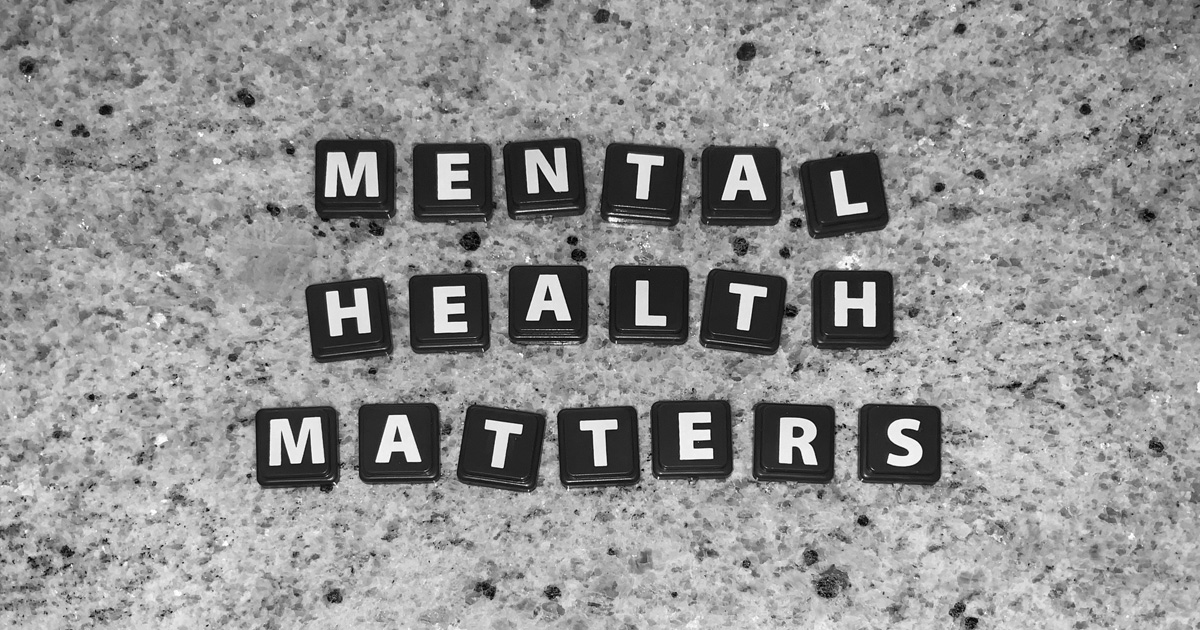
Cold and Flu Season Prevention Tips
It’s a seasonal thing that no one really has time for during cold and flu season. Bacteria and viruses attack with no warning. There are several steps you can take to help prevent catching a cold or the flu and reduce the spread of the ugly stuff that causes it. It’s easier than you think. Prevent catching and spreading the flu with these easy tips.
Help Control Germs During Cold and Flu Season
Be mindful of symptom onset and transmission periods. Cold and flu are passed by both direct and indirect transmission. Direct transmission is through droplet exposure. This type of exposure occurs from a sneeze or cough due to a respiratory infection. During a cough or sneeze, you release germ-filled droplets into the air. Those bacteria- or virus-filled particles can fly up to six feet— making anyone near you a target. Indirect transmission occurs through contaminated objects – such as a door handle, shopping cart, stair railing, etc. Indirect transmission occurs when you wipe your nose, cover a cough/sneeze and that body part touches something else and transfer the germs to that object – Many viruses and bacteria can live on surfaces for up to 24 hours.
| Illness | When you’re first contagious | When you’re no longer contagious |
| Flu | 1 day before symptoms start | 5-7 days after you get sick with symptoms |
| Cold | 1-2 days before symptoms start | 2 weeks after you’re exposed to the virus |
| Stomach virus | Before symptoms start | Up to 2 weeks after you’ve recovered |
What to do:
- If you are actively contagious, consider staying home – Especially early in the infection window, as this time can often be more infectious.
- Be mindful of your “droplet effect” – do your best to contain your cough/sneeze, and if possible in a way that will prevent transfer. For example: using a Kleenex tissue or handkerchief or commonly recommend cough or sneeze into the crook of your elbow, instead of your hands.
- Mindful hand-washing, and cleaning of surfaces if you know they have been exposed.
Don’t Forget Your Healthy Habits!
Maintaining a nutrient-rich diet that emphasizes a variety of colorful plants, and high-quality protein is essential in both supporting your body’s immune system, but it’s capacity it rid itself of toxin (ie. virus and bacteria). Important things to remember to include are probiotic-rich foods – such as Kombucha, sour kraut, plain yogurts or kefir, or other fermented favorites. Probiotic supplementation may also provide some immune support and should be discussed with your trusted healthcare provider. Apart from a healthy diet, exercise is also an important part of maintaining a strong and healthy immune system.
Immune Boosting Hacks
Sunshine (Vitamin D)
It’s no coincidence that we are sick less in the summer months when we are spending more time outdoors. Vitamin D plays a critical role in our immune system function and helps both prevent and treat acute illness during cold and flu season. You can optimize your vitamin D levels through a daily dose of Sunshine, for a window that is short enough to prevent a burn, as sunscreens block the penetration of the UV rays into the skin – which is a necessary process for vitamin D synthesis.
- Alternatively, dietary sources of Vitamin D can also be emphasized – some of the most significant sources include Cod liver oil, Wild-caught salmon, Mackerel, and Fortified Organic Dairy.
- Supplementation. Vitamin D supplementation can also be considered, especially during the winter months, when the angle of the sun allows for a shorter window of time for Vitamin D synthesis to occur. Dose, frequency, and duration should be discussed with your health care professional.
Nature
Being outside has shown significant benefits for the immune system. Intentional and regular time spent in nature is shown to up-regulate many aspects of the immune system and can be a way to both prevent or shorten.
Don’t Skimp on Sleep
This can be challenging when in the throes of an infection, but sleep cannot be under-appreciated in its important role in immune function. When sleep-deprived (ie getting 6 hours or less per night), the immune system is challenged to perform optimally, putting you at a greater risk to succumb to a cold. Prioritizing an 8-hour sleep window is a great way to prevent getting sick. If you become infected, and sleep is interrupted – it is even more important to emphasize time for rest, and giving yourself time away from work/social obligations to give your body a chance to recuperate.
Nutrients
There are many single nutrients that are considered to be cold and flu fighters, and can certainly be considered in a regimen for both prevention or way to reduce the duration and intensity of the illness. This list below provides food items that serve as a great source. The list is not comprehensive and, and if not being consumed through food – rather supplement, this should be discussed with a health care professional. Also, it’s important to note that although supplements can be a powerful tool in both preventing and treating cold and flu – you can’t rely on supplements alone to protect you, meaning that if you are cutting corners in your lifestyle, sleep and other items listed above your odds are much higher to catch a cold – despite using these “super” nutrients.
- Vitamin C – Citrus (lemon, grapefruit, orange), Red and green bell peppers, Kiwi, and parsley
- Zinc – Grass-fed lamb, pumpkin seeds, hemp seed, grass-fed beef, and shellfish such as shrimp, clams, and oysters.
- Vitamin D (see above)
- Vitamin E – Hazelnuts, almonds, sunflower seeds, mango, avocado, broccoli
- Beta Carotene/Retinol (Vitamin A) – Liver, Carrots, Squash, Pumpkin
- Folate (Vitamin B9) – Deep green plants: leafy plants (spinach, kale, arugula, mixed greens), broccoli and asparagus
At Valley Schools, our WellStylesTM program is led by nutrition professionals that will provide education and motivational opportunities that help to improve well-being, fitness, and overall quality of life for our members. Our essential components reflect the core tenets of healthy living helping your employees to achieve their wellness goals.
Contact us today to learn more about how we can support your employee’s health-related goals and their benefits offerings!



